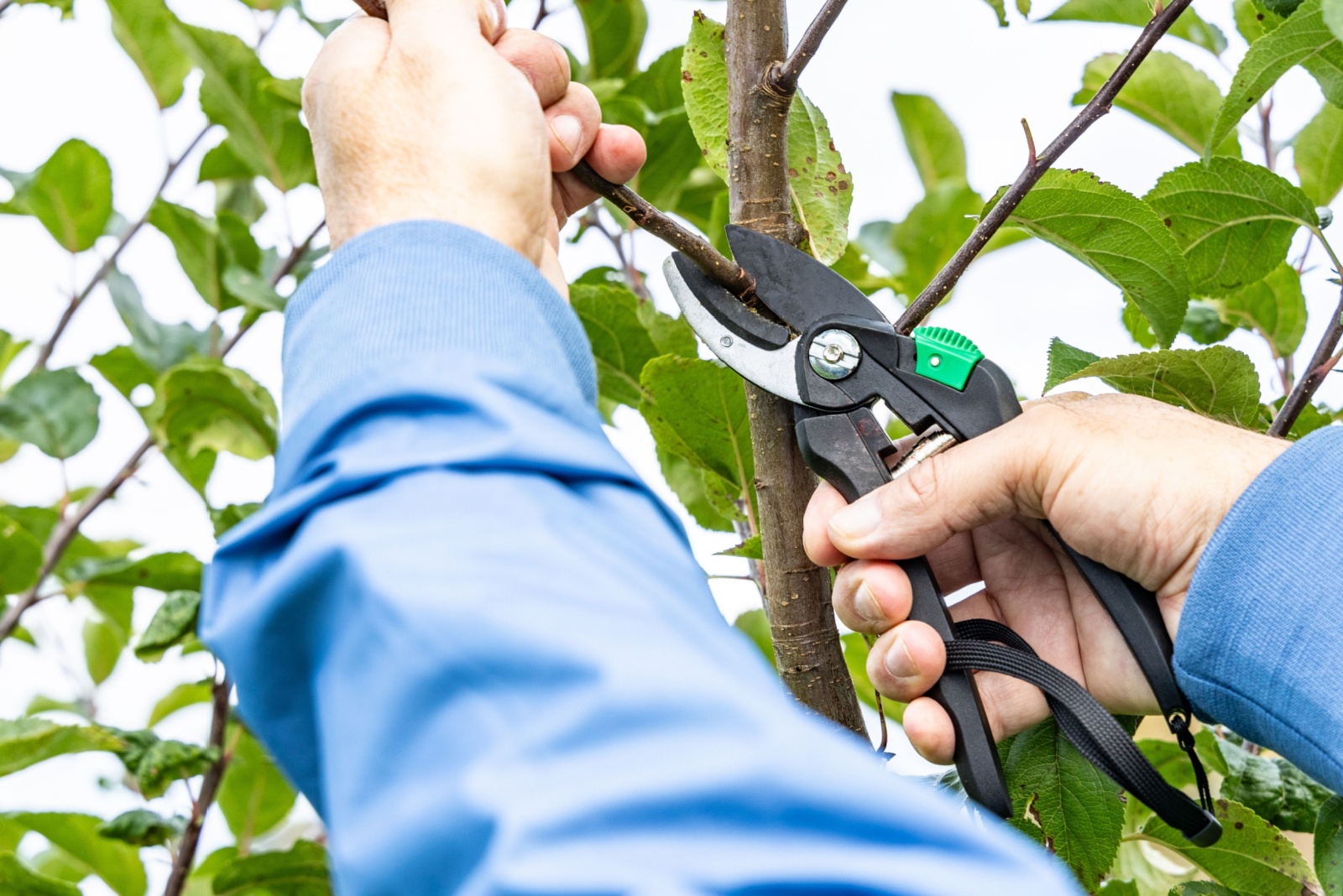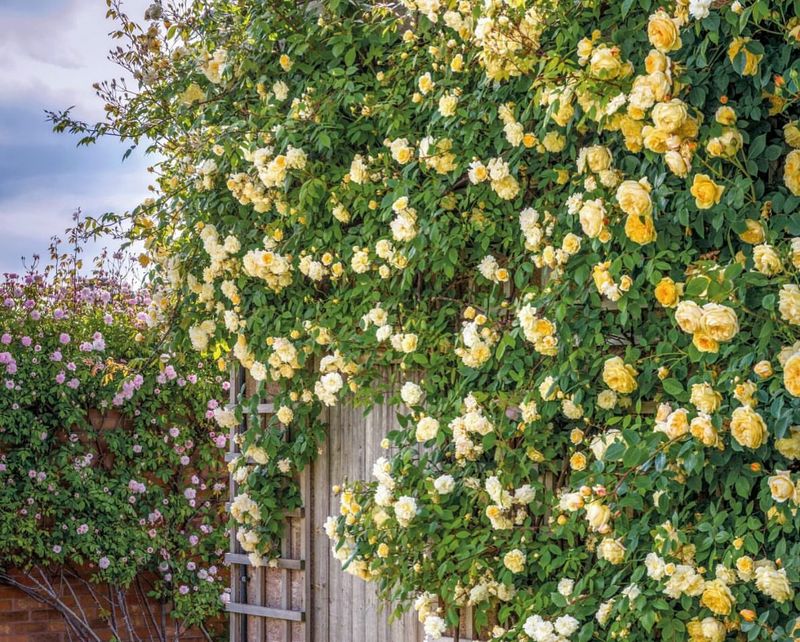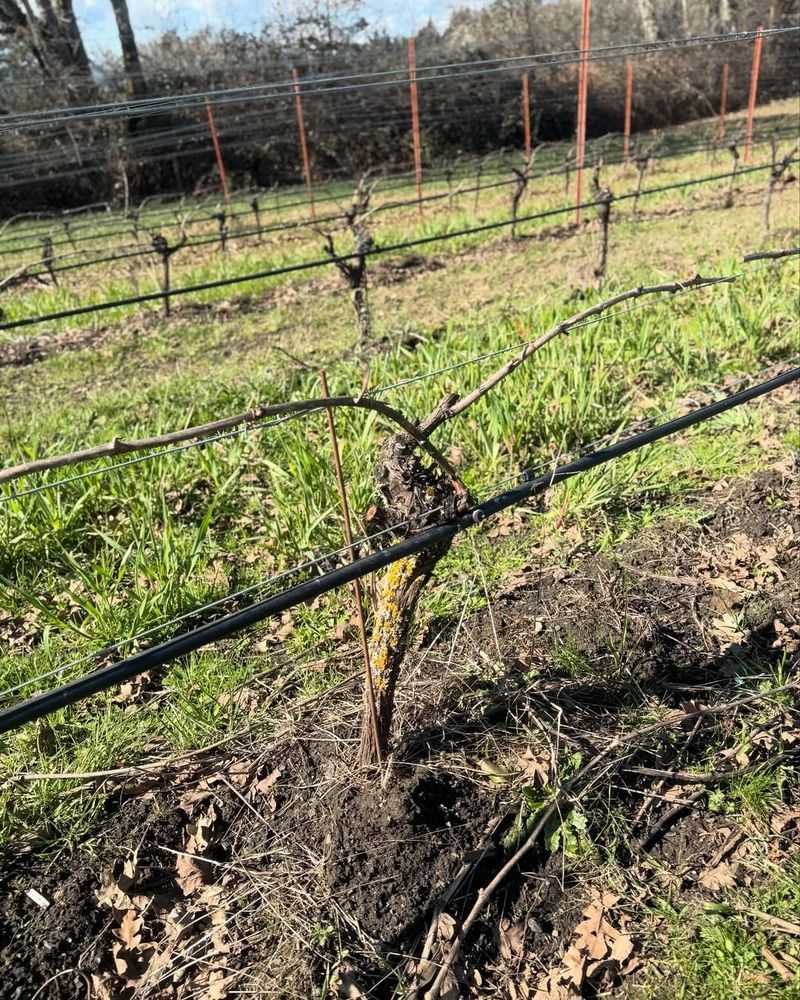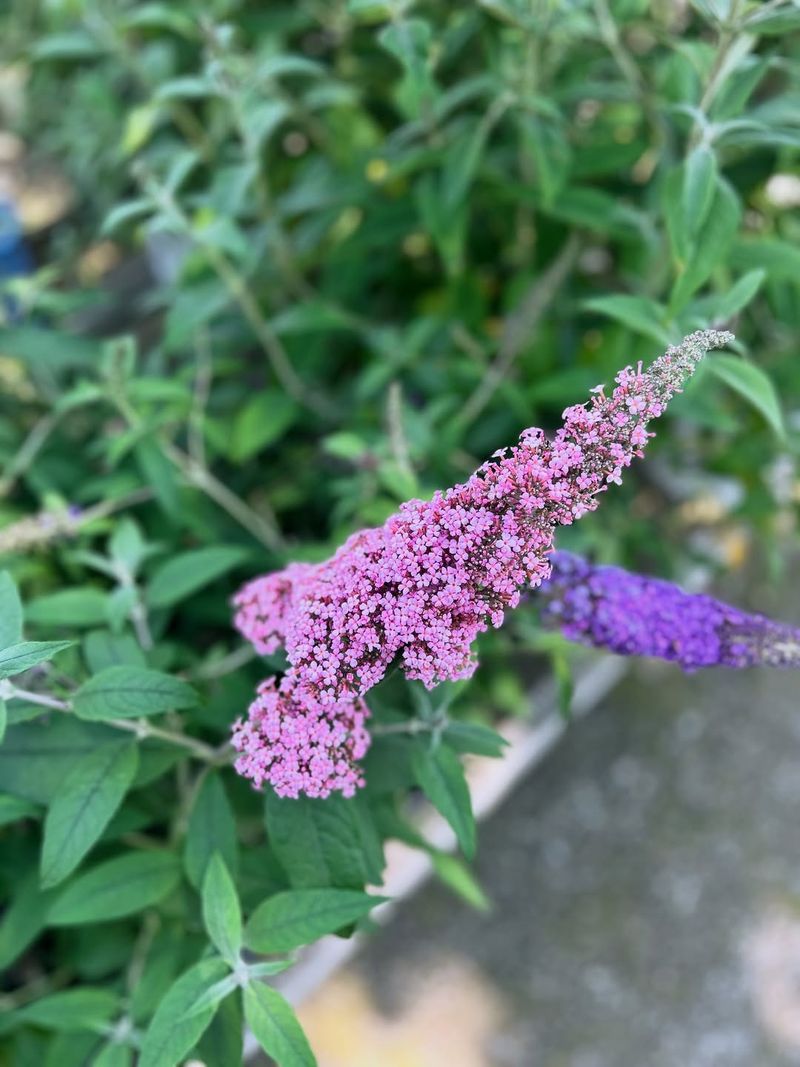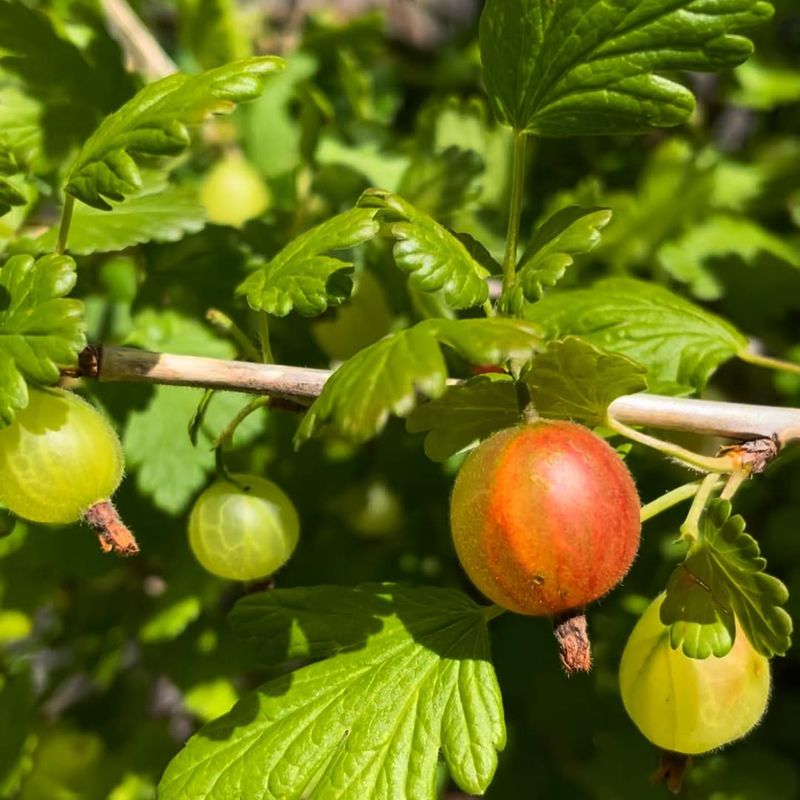November in Wisconsin brings cooler temperatures and the perfect opportunity to prepare your garden for winter. Pruning certain plants during this month helps them stay healthy and grow stronger when spring arrives.
Knowing which plants benefit from late-season trimming can make a big difference in your garden’s success. Get ready to grab your pruning shears and give these plants the care they need before the snow falls.
1. Climbing Roses
Climbing roses thrive when pruned in November, right after they finish blooming for the season. Removing old, woody canes and cutting back overgrown branches encourages better air circulation and healthier growth next year.
Focus on trimming damaged or crossing stems that might rub against each other during winter winds. Leave the strongest canes intact, cutting them back to about six feet tall.
This preparation protects your roses from harsh Wisconsin winters while setting them up for beautiful blooms come spring.
2. Raspberry Bushes
Raspberry bushes need attention before winter settles in completely. Old canes that produced fruit this summer should be cut down to ground level, as they won’t bear fruit again.
Removing spent canes prevents disease and makes room for new growth. Keep the healthiest young canes, spacing them about six inches apart for optimal sunlight exposure.
November’s cool weather makes this task comfortable, and your bushes will reward you with a bountiful harvest next summer when properly maintained now.
3. Grapevines
Grapevines benefit tremendously from November pruning once they’ve dropped their leaves and entered dormancy. Cutting back excess growth channels the plant’s energy into producing better fruit next season.
Remove about 90 percent of the previous year’s growth, keeping only the main trunk and a few strong lateral branches. This might seem extreme, but grapevines grow vigorously and need this heavy pruning.
Proper trimming now ensures your vines produce sweeter, larger grapes while preventing tangled, unmanageable growth.
4. Apple Trees
Apple trees respond well to late-season pruning, especially once they’ve lost all their leaves. November provides an excellent window to shape your trees and remove problematic branches before winter arrives.
Cut away branches that grow inward or cross other limbs, as these create crowding issues. Remove any branches showing signs of damage or disease to keep your tree healthy.
Maintaining an open center allows sunlight to reach all parts of the tree, promoting better fruit production when growing season returns.
5. Butterfly Bush
Butterfly bushes handle cold weather better when pruned back significantly in November. Cutting stems down to about 12 inches from the ground protects the plant from winter damage and encourages vigorous spring growth.
Many gardeners worry about cutting too much, but butterfly bushes are incredibly resilient. They bloom on new wood, so aggressive pruning actually increases flower production.
Removing old flower heads and trimming stems now prevents snow and ice from breaking branches during Wisconsin’s harsh winter months.
6. Blackberry Canes
Blackberry canes follow a two-year cycle, making November the ideal time to remove spent canes that already produced fruit. These older canes turn brown and won’t produce berries again, so cutting them to the ground makes sense.
Keep the green first-year canes that will bear fruit next summer. Thin these remaining canes to prevent overcrowding and improve air circulation throughout the patch.
November pruning reduces disease risk and makes your blackberry patch more manageable and productive for the upcoming growing season.
7. Hydrangeas
Certain hydrangea varieties benefit from November pruning, particularly smooth and panicle types that bloom on new wood. Cutting these back by about one-third helps maintain their shape and promotes fuller growth next year.
Avoid pruning mophead or lacecap hydrangeas in fall, as they bloom on old wood and need their buds protected over winter. Knowing your hydrangea type prevents accidentally removing next summer’s flowers.
Remove any broken or damaged branches regardless of variety to keep your shrubs healthy through Wisconsin’s cold season.
8. Currant Bushes
Currant bushes produce the best fruit on younger stems, making November the perfect time to remove older, less productive branches. Cut out any stems older than three years, which typically appear darker and thicker than newer growth.
Thinning your currant bush improves air circulation and sunlight penetration, reducing disease problems and increasing berry production. Aim to keep about ten to twelve healthy stems per bush.
November’s cooler temperatures make this pruning work more comfortable while the plant rests before winter’s arrival.
9. Gooseberry Bushes
Gooseberry bushes need regular pruning to stay productive and healthy, and November offers an excellent opportunity for this maintenance. Remove branches older than four years, as they produce fewer berries and take energy from younger, more productive stems.
Cut away low-hanging branches that might touch the ground, as this prevents soil-borne diseases from affecting your plant. Thin the center to create an open, vase-like shape that allows good airflow.
Proper November pruning ensures your gooseberries will produce abundant fruit next summer.
10. Forsythia Shrubs
Forsythia shrubs can become overgrown and unruly without regular attention, and November provides a good time for corrective pruning. While spring is traditionally preferred for major shaping, removing dead or damaged wood now protects the plant through winter.
Cut out the oldest, thickest stems at ground level to encourage new growth from the base. Avoid heavy pruning of younger branches, as forsythia blooms on old wood and you’ll want those spring flowers.
Light November maintenance keeps your forsythia manageable and healthy without sacrificing next spring’s golden display.
11. Blueberry Bushes
Blueberry bushes perform best when pruned during their dormant period, and November marks the beginning of this ideal window. Removing old, unproductive canes that are more than six years old encourages the plant to focus energy on younger, fruit-bearing branches.
Cut away low-growing branches that droop toward the ground, as these rarely produce quality berries. Thin out twiggy growth and crossing branches to create an open structure that allows sunlight to reach all parts of the bush.
November pruning sets up your blueberries for a productive harvest season ahead.

